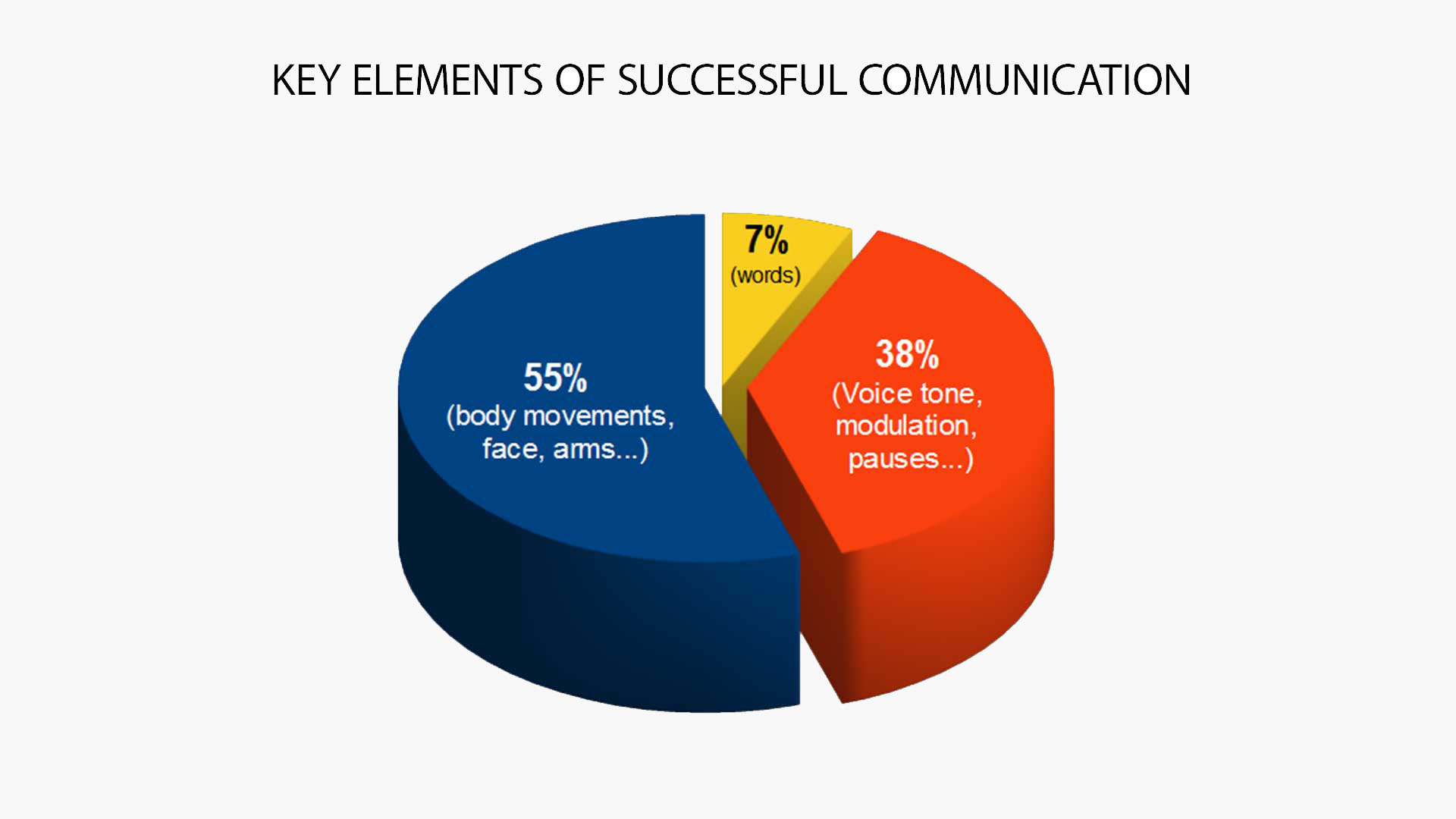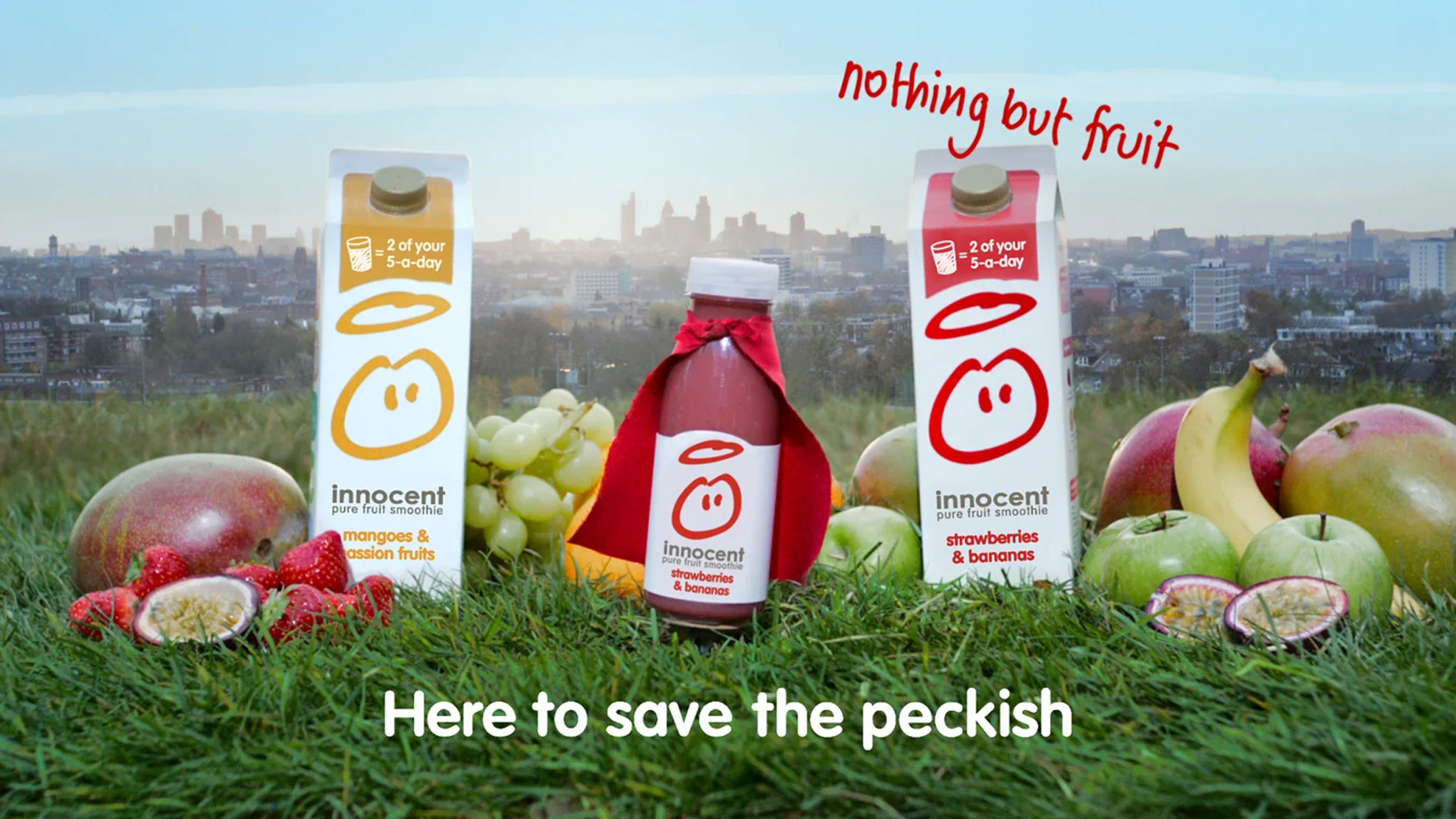





Anyone who has ever worked as a copywriter has likely experienced a client openly gawking at their proposed fees. “How much? To write an email campaign? Do you really need that much time?”
This is an unfortunately familiar and wholly disheartening response to a proposal submission, but is still less frustrating than the all too common: “I’ll just write it myself.” *Repeatedly bangs head against door*
Attitudes such as this contribute to the widespread misconception that copywriting is easy, subsequently quick and can be done by pretty much anyone. And why not? Everyone can write, right? Most of us write every day: emails, presentations, love letters, hate mail, text messages – the list goes on. But here’s the kicker; copywriting is different to writing. I repeat, copywriting is different to writing.
Despite the belief that copywriters simply form structured sentences out of pre-provided bullet points, there is an art to crafting good copy. Whether content is being written for a print advert, email campaign or website page, there are numerous things to consider outside of simply “does this make sense?”
Imagine you are a client who has hired a copywriter to work on an upcoming print advert. 200 words plus a headline. Simple. Quick. Easy. Right? Wrong.
That copywriter needs to understand your business’ history, foundations and mission, becoming fully immersed in your brand’s values. They need to adapt to the brand’s tone of voice and familiarise themselves with its specific language. They need to research your competitors, similar campaigns and the landscape in which your business operates, all before they begin writing.
They then need to put themselves in the shoes of both the brand’s directors and consumers to craft content that appeals to both. Whilst getting the campaign message across. And using the correct tone of voice. And abiding by advertising regulations. Usually in under 300 words.
“But is all that really necessary?” Well the short (and only) answer to that, is yes. Think of brands as living entities; just as individuals’ personalities are portrayed through the way they look and speak, consumers determine a brand’s personality through their visual and verbal identity. And you wouldn’t let any old mildly proficient photoshop user loose on your logo, would you?
Albert Mehrabian discusses this in his communication model. He claims that just 7% of the meaning within communication comes from the words that are spoken and the other 93% is made up of tone, body language and facial expressions.

Albert Mehrabian communication model
But just in case the above isn’t enough of an argument for the importance of great copywriting, here are a few more benefits of a distinct and consistent tone of voice:
When handled properly, a brand’s voice can be the making of them. Take Innocent for example, it’s safe to assume that the majority of people would instantly recognise the brand from their tone of voice alone. An overused copywriting reference? Perhaps, but that’s just testament to the brilliant work of their copywriting team.

Example of Innocent Smoothies copywriting
From billboards and newsletters to smoothie bottle wrappers, their tone doesn’t change. The company has built incredible brand awareness and loyalty simply through crafting consistently brilliant content – and if that’s not an argument for getting your copy right, then what is?
So in short: it’s not what you say but how you say it, consistency is key and your voice is your brand.



Our dedicated team dives deep, delivering relentless value and aligning digital solutions with your goals in a way that guarantees success
Learn more